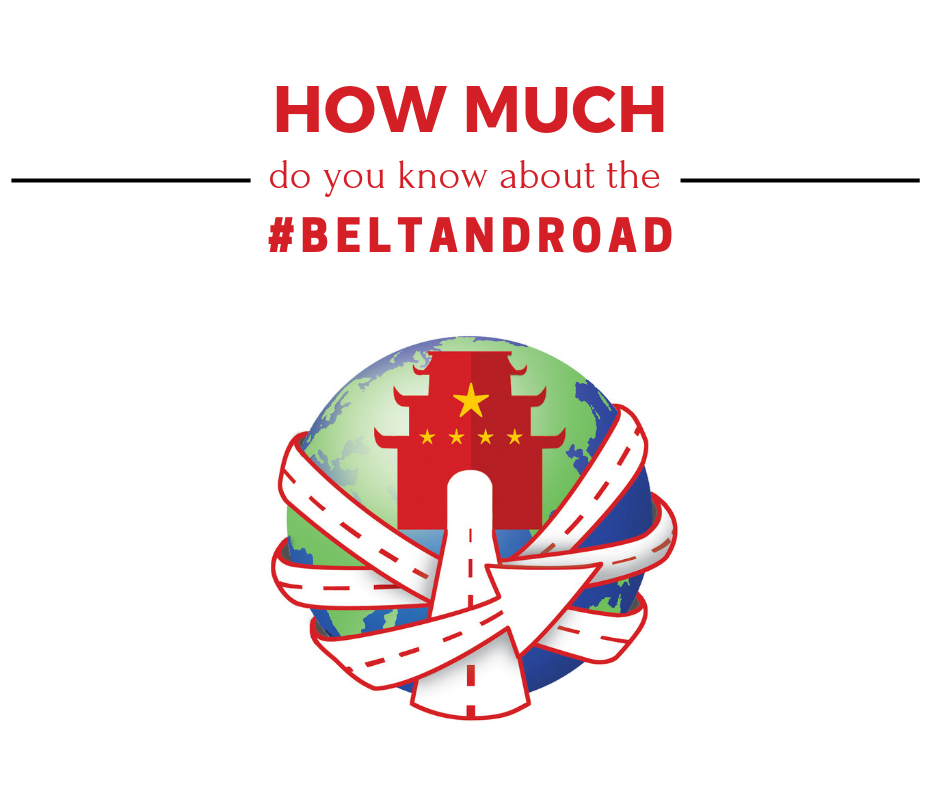
Belt and Road Initiative: 10 need-to-know facts
 China’s Belt and Road Initiative (BRI) is Chinese President Xi’s signature foreign policy plan and is one of the most ambitious infrastructure and investment efforts in history. The BRI began in 2013 to boost trade through investment in ports, power plants and other infrastructure in more than 140 countries from Asia to Europe and Africa.
China’s Belt and Road Initiative (BRI) is Chinese President Xi’s signature foreign policy plan and is one of the most ambitious infrastructure and investment efforts in history. The BRI began in 2013 to boost trade through investment in ports, power plants and other infrastructure in more than 140 countries from Asia to Europe and Africa.
- The BRI was first proposed by President Xi Jinping in 2013 to boost trade through investment in ports, power plants and other infrastructure.
- 126 countries and 29 international organizations have signed cooperation agreements with China to jointly build the Belt and Road.
- The land “belt” runs from China through South and Central Asia to Europe, while the maritime “road” connects coastal Chinese cities with Africa and the Mediterranean.
- The “belt” refers to railroads that will connect China with participating countries via the same historical Silk Road trading routes that connected China and central Asia to Europe and the Middle East.
- The Belt and Road Initiative would ultimately cover over 65 countries, 60 per cent of the world’s population and 40 per cent of global GDP.
- The total trade volume between China and participating countries has surpassed 6 trillion US dollars.
- Global BRI cooperation between China and participating countries has created nearly 300,000 jobs.
- According to data of the Center for Global Development in the United States, the BRI will add 117 billion US dollars to global trade this year.
- The global trade costs and transportation time are expected to fall by an average of 2.2 percent and 2.5 percent respectively as a result of infrastructure improvement brought by the BRI.
- The outcome of the BRI initiative will result in six trade corridors and includes railways, highways, pipelines, port facilities and fibre optic networks.









